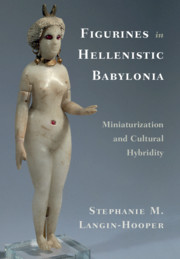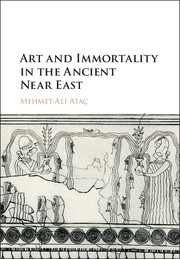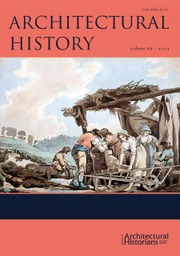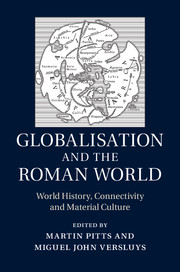Visual Style and Constructing Identity in the Hellenistic World
Located in the small kingdom of Commagene at the upper Euphrates, the late Hellenistic monument of Nemrud Dağ (c.50 BC) has been undeservedly neglected by scholars. Qualified as a Greco-Persian hybrid instigated by a lunatic king, this fascinating project of bricolage has been written out of history. This volume redresses that imbalance, interpreting Nemrud Dağ as an attempt at canon building by Antiochos I in order to construct a dynastic ideology and social order, and proving the monument's importance for our understanding of a crucial transitional phase from Hellenistic to Roman. Hellenistic Commagene therefore holds a profound significance for a number of discussions, such as the functioning of the Hellenistic koine and the genesis of Roman 'art', Hellenism and Persianism in antiquity, dynastic propaganda and the power of images, Romanisation in the East, the contextualising of the Augustan cultural revolution, and the role of Greek culture in the Roman world.
- Provides a fresh interpretation of a spectacular but under-explored Hellenistic monument, showing its importance for numerous artistic, political and cultural debates
- Focuses on the construction of identity through visual style, making the volume of interest to archaeologists, cultural historians, art historians and anthropologists
- Argues for a global perspective on the history and archaeology of the late Hellenistic world
Reviews & endorsements
'This book offers a new point of view to scholarship that still believes in the classical notion of Hellenism. His integration of sophisticated methodological concepts is laudable and will change academic conversations for the better, the writing is fluid and the images and maps are very helpful. … the book is of great importance in both its method and its content for the study of First century BCE Commagene and the surrounding region.' Histara-les comptes rendus (www.histara.sorbonne.fr)
Product details
November 2020Paperback
9781316506776
332 pages
230 × 150 × 20 mm
0.57kg
Available
Table of Contents
- 1. Approaching Nemrud Dağ
- 2. Commagene: a historical geography
- 3. Identity
- 4. Style
- 5. Postscript: between East and West?
- Appendix. Antiochos' nomos: translation.








